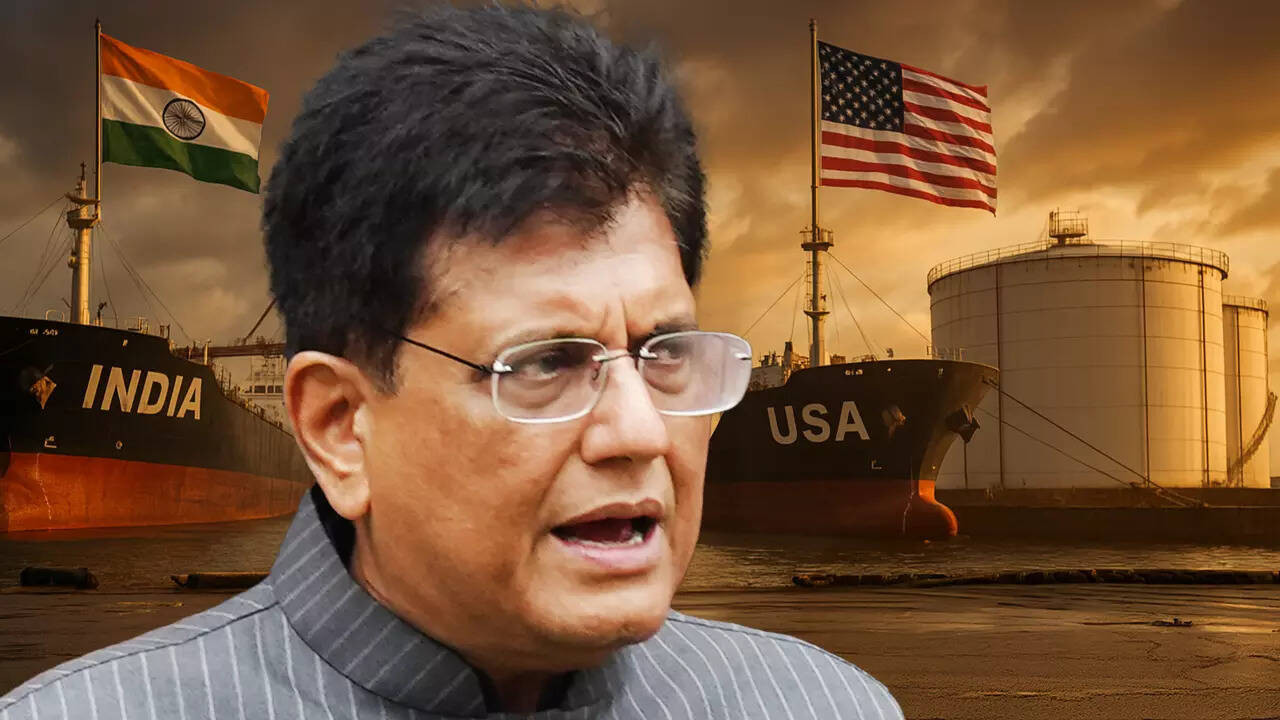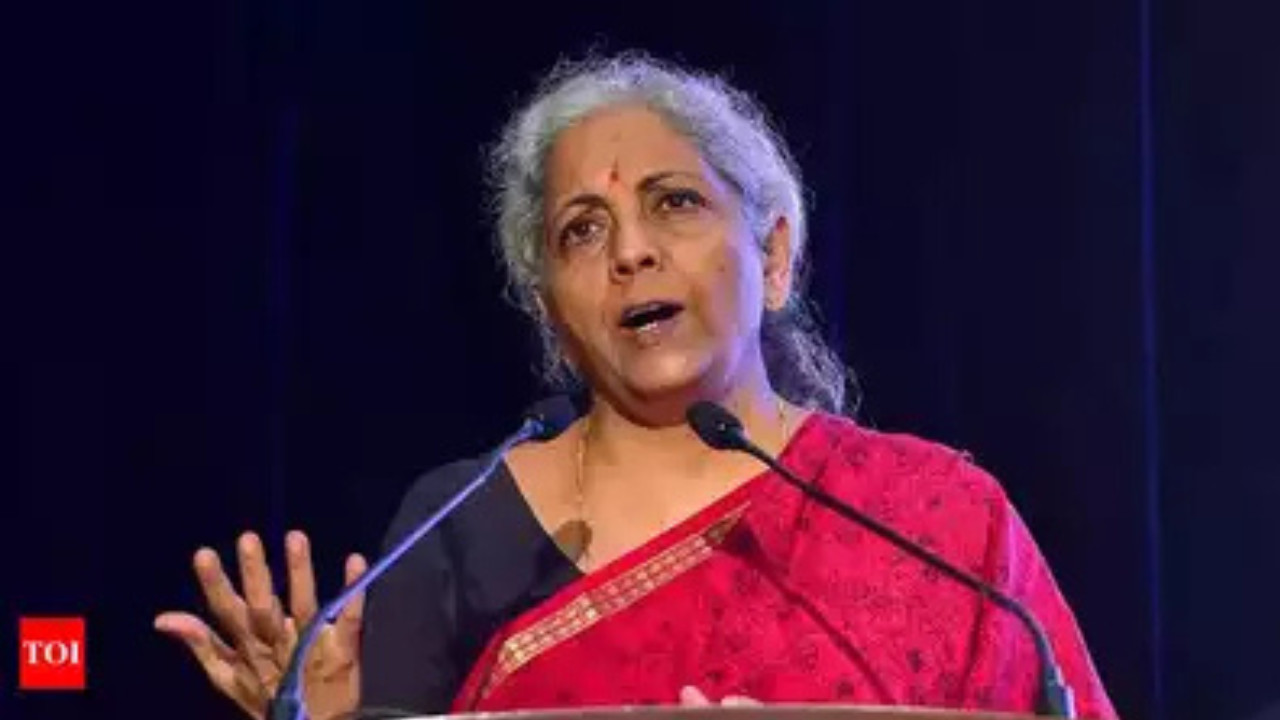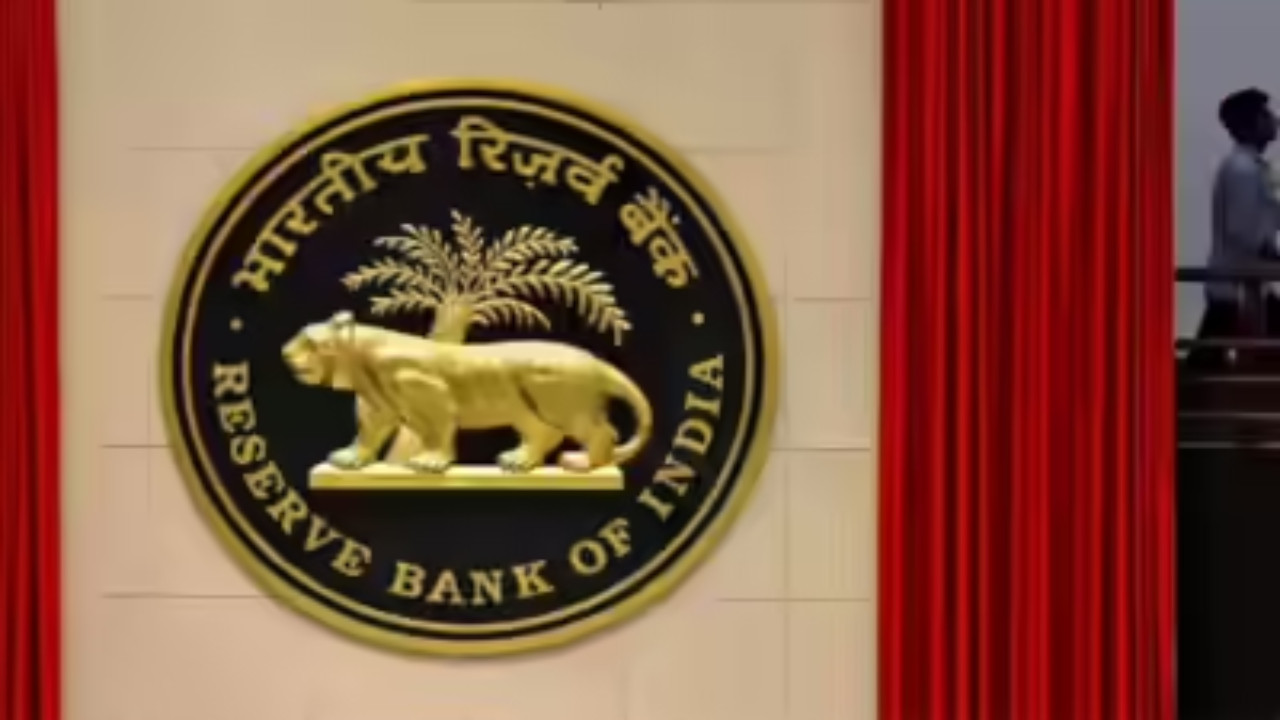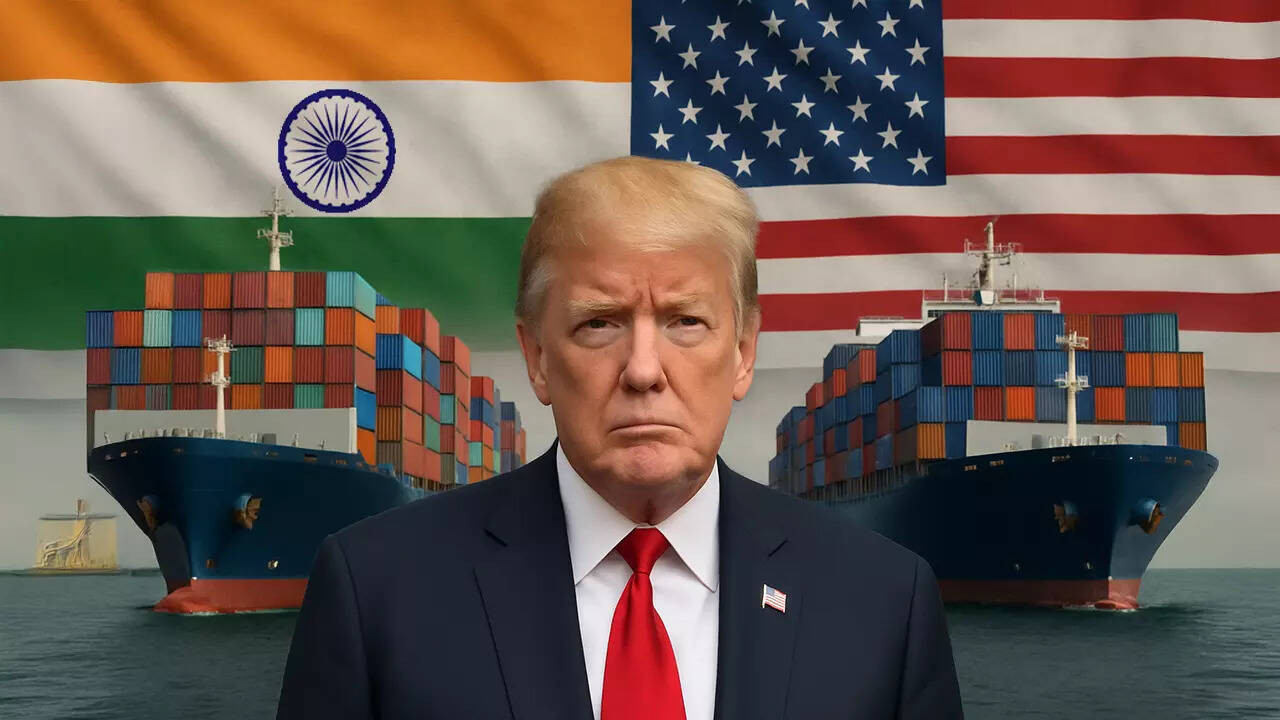Amidst potential US tariffs, India asserts its improved relations with China are separate from US trade talks. Commerce Minister Piyush Goyal expresses confidence in India’s economic resilience and ongoing efforts to deepen the India-US relationship.
India’s Trade Winds: Charting a Course Independent of External Pressure
The global trade landscape is a complex tapestry woven with threads of economics, geopolitics, and evolving partnerships. Recently, murmurs have grown louder regarding India’s shifting trade dynamics, specifically its increased engagement with China. Is this a strategic pivot orchestrated in response to ongoing trade negotiations with the United States? Not so, says India’s Minister of Commerce and Industry, Piyush Goyal.
Goyal has firmly stated that India’s deepening trade ties with China are “completely unlinked” to any considerations regarding trade talks with the US. This assertion throws a wrench into narratives suggesting a reactive approach, painting a picture of India as an independent actor charting its own economic destiny. He emphasized that India’s trade policy is driven by its own national interests and a commitment to fostering mutually beneficial relationships with all partners, regardless of their geopolitical alignment.
Exploring India’s Trade Relationship with China
So, what is driving this increased engagement? The answer, it seems, lies in a combination of factors that are far more nuanced than simple tit-for-tat maneuvering. Firstly, China’s vast manufacturing capabilities and competitive pricing make it an attractive source for a wide range of goods. Indian businesses, seeking to optimize costs and enhance efficiency, are naturally drawn to the Chinese market. Secondly, the sheer size and potential of the Chinese consumer market present a significant opportunity for Indian exporters. As India continues to strengthen its own manufacturing base, access to the Chinese market becomes ever more crucial for sustained growth.
Moreover, focusing solely on manufactured goods would be a limited view. India and China are increasingly collaborating in areas like technology and digital services, creating new avenues for economic cooperation. This multifaceted relationship signifies a move beyond basic trade and towards a more integrated economic partnership.

A Glimpse into Forthcoming Reforms
Beyond addressing the China dynamic, Goyal’s comments also hinted at a wave of upcoming reforms designed to further enhance India’s competitiveness in the global market. While specifics remain under wraps, the Minister alluded to a comprehensive overhaul aimed at streamlining processes, reducing bureaucratic hurdles, and fostering a more conducive environment for both domestic and foreign investment. These reforms, expected to span various sectors, are designed to unlock India’s full economic potential and propel it towards becoming a global manufacturing hub.
These reforms are not just about attracting foreign investment; they are equally focused on empowering domestic industries. By simplifying regulations and reducing the cost of doing business, the government aims to create a level playing field where Indian companies can thrive and compete effectively on the global stage. This commitment to fostering a robust domestic economy is a cornerstone of India’s long-term economic strategy. See our previous article on India’s Manufacturing Push for more information.
India’s Vision: A Self-Reliant and Globally Integrated Economy
The narrative emerging from these pronouncements is clear: India is not simply reacting to external pressures but proactively shaping its own economic future. The strengthening trade ties with China, independent of US trade talks, reflect a pragmatic approach aimed at maximizing opportunities and diversifying partnerships. Simultaneously, the commitment to sweeping reforms underscores a determination to create a more competitive and self-reliant economy. India is not choosing sides; it’s choosing growth.
This strategic vision positions India as a key player in the evolving global trade landscape, one that is driven by its own internal strengths and a commitment to mutually beneficial partnerships. The future of India’s economic trajectory appears bright, fueled by ambition, strategic planning, and a determination to chart its own course.







